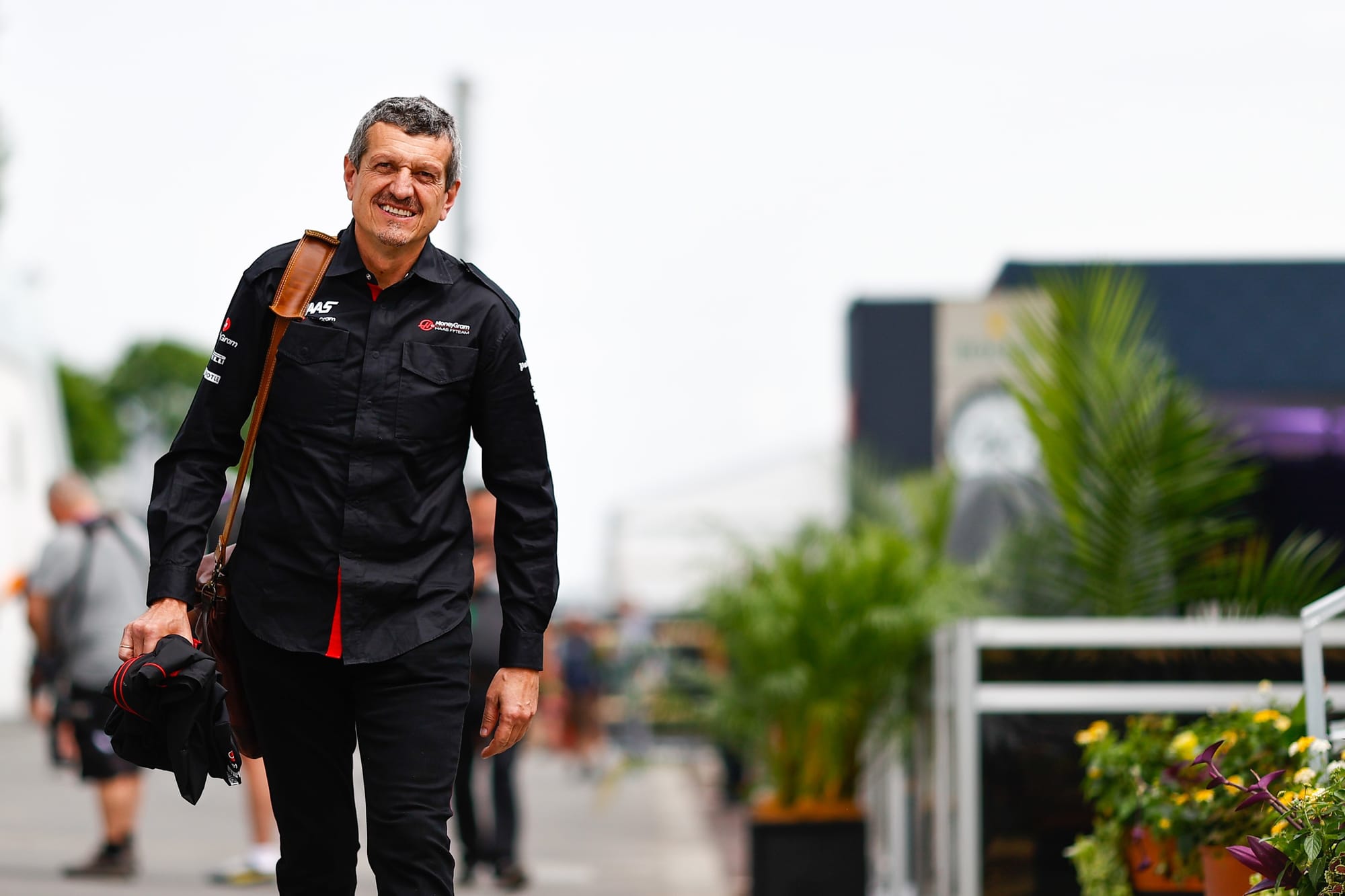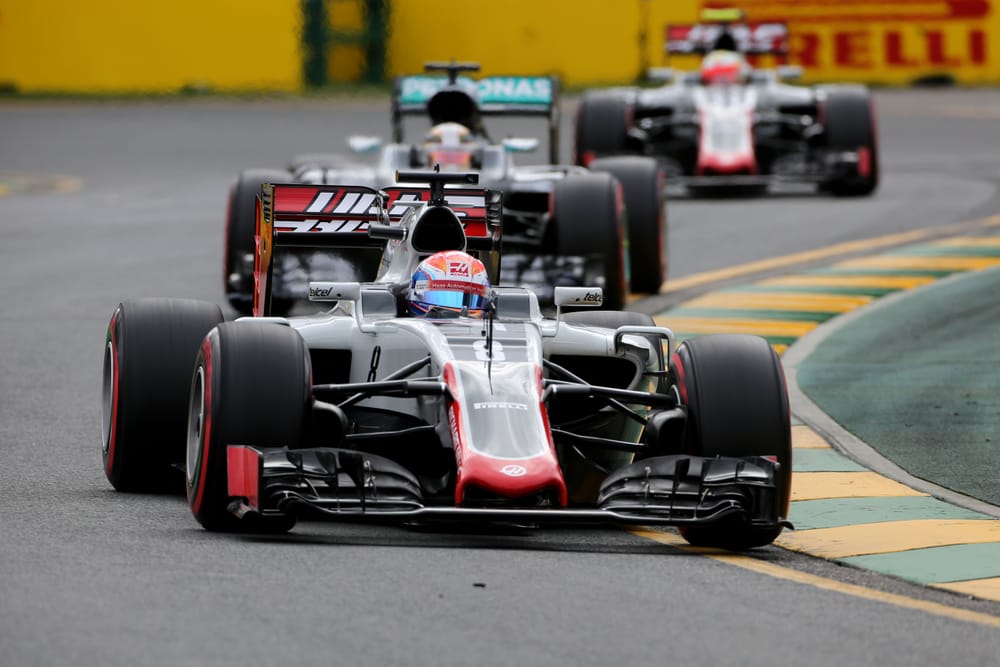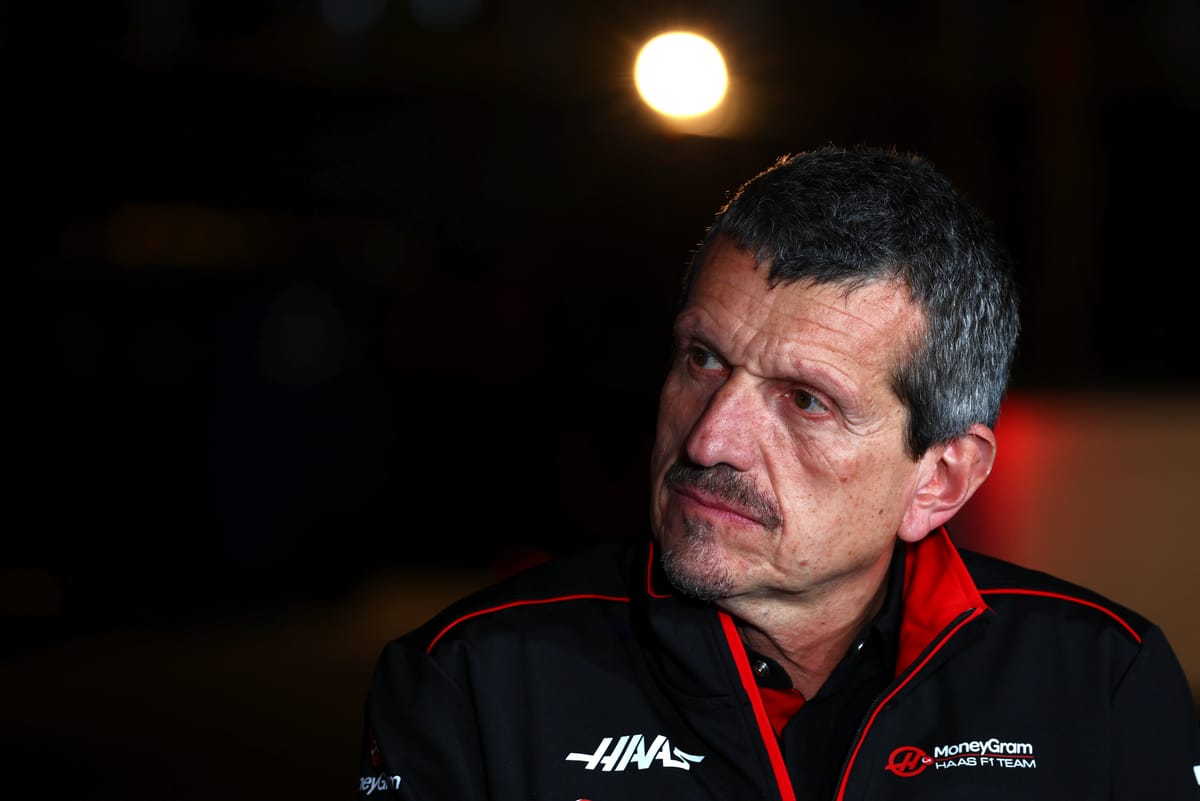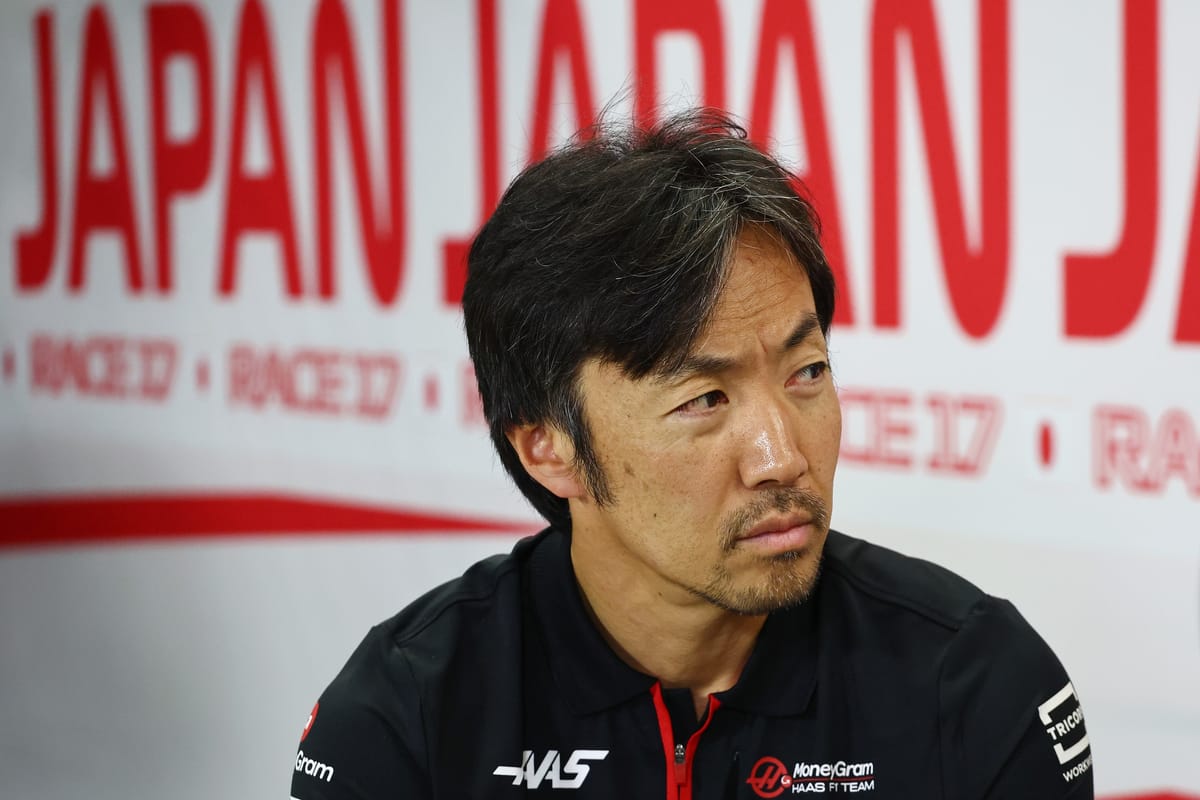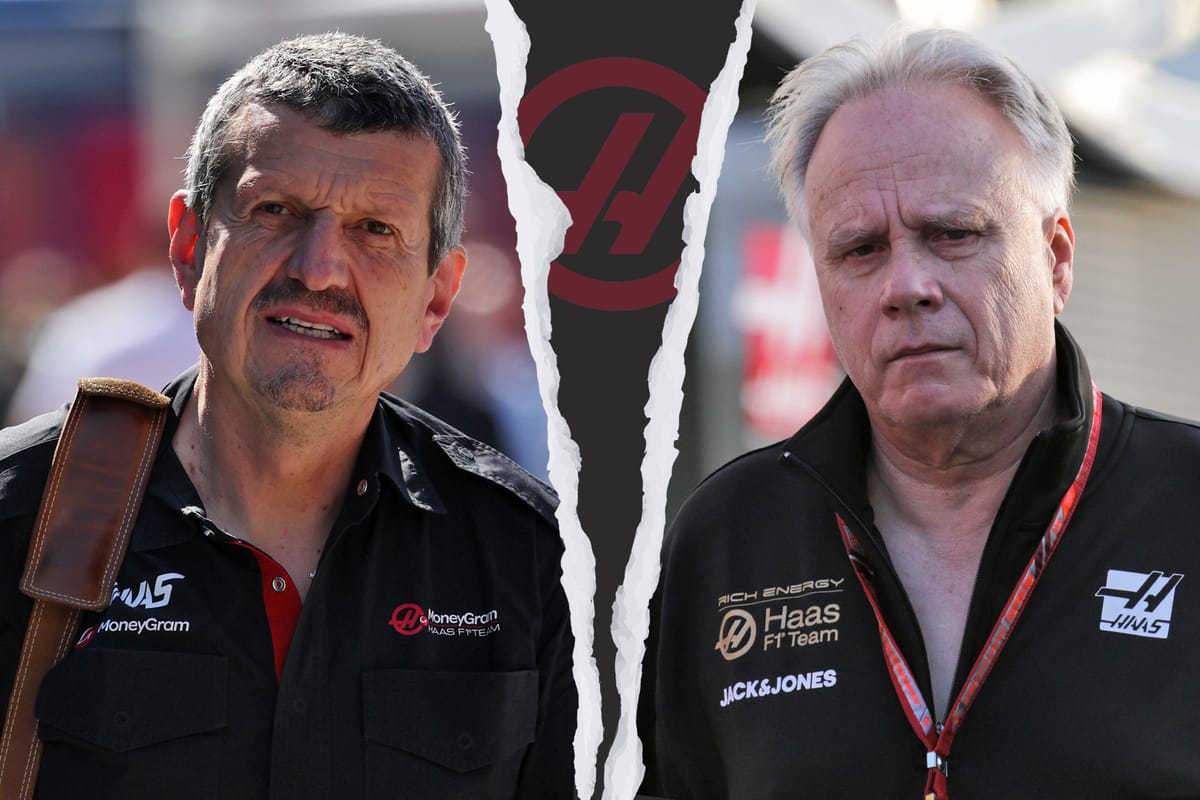Up Next

Guenther Steiner wasn’t just the public face of the Haas Formula 1 team.
Without Steiner, there would have been no Haas F1 team at all.
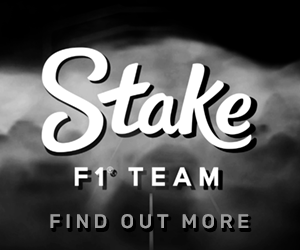
While billionaire Gene Haas had the money, Steiner was key to making the project happen and his importance to the team he’s now parted from therefore cannot be understated.
Gene Haas - already a successful NASCAR team owner - had been courted by the ill-fated USF1 team that was due to join the F1 grid in 2010 but never made it.
Although Haas didn’t back USF1, his Haas CNC machine tools company did supply some equipment.
And Steiner - who had F1 experience from his previous stints with Jaguar and Red Bull - was also part of the USF1 story, as when the project faltered he was called in by its backers to see if he could salvage it via an alliance with another new team, HRT.
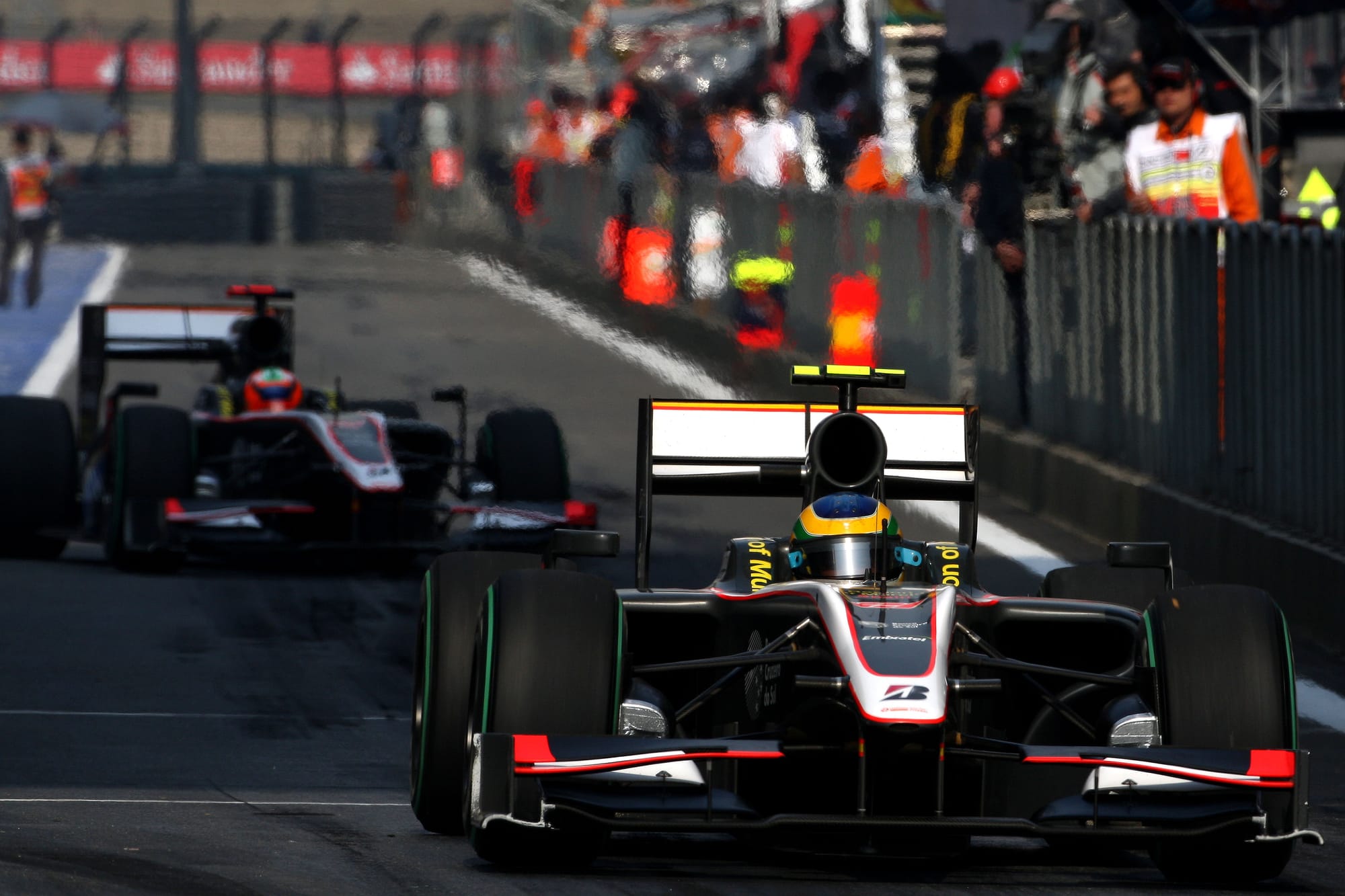
Nothing came of that, but it gave Steiner some ideas. And Gene Haas’s dealings with USF1 meant he was interested in an F1 team project.
However, after initial plans to run outright Ferrari customer cars were torpedoed when it became clear the rules would not allow this, it seemed the project was dead in the water.
Steiner realised there was hope. He knew that building a conventional F1 team from the ground up wasn’t viable, but he recognised the listed parts regulations meant there was a way to do it.
Listed parts were those that teams had to design themselves in order to qualify as a constructor – in 2016 this was the monocoque, survival cell, front-impact structures, roll-over structures, bodywork, wings, floor and diffuser.
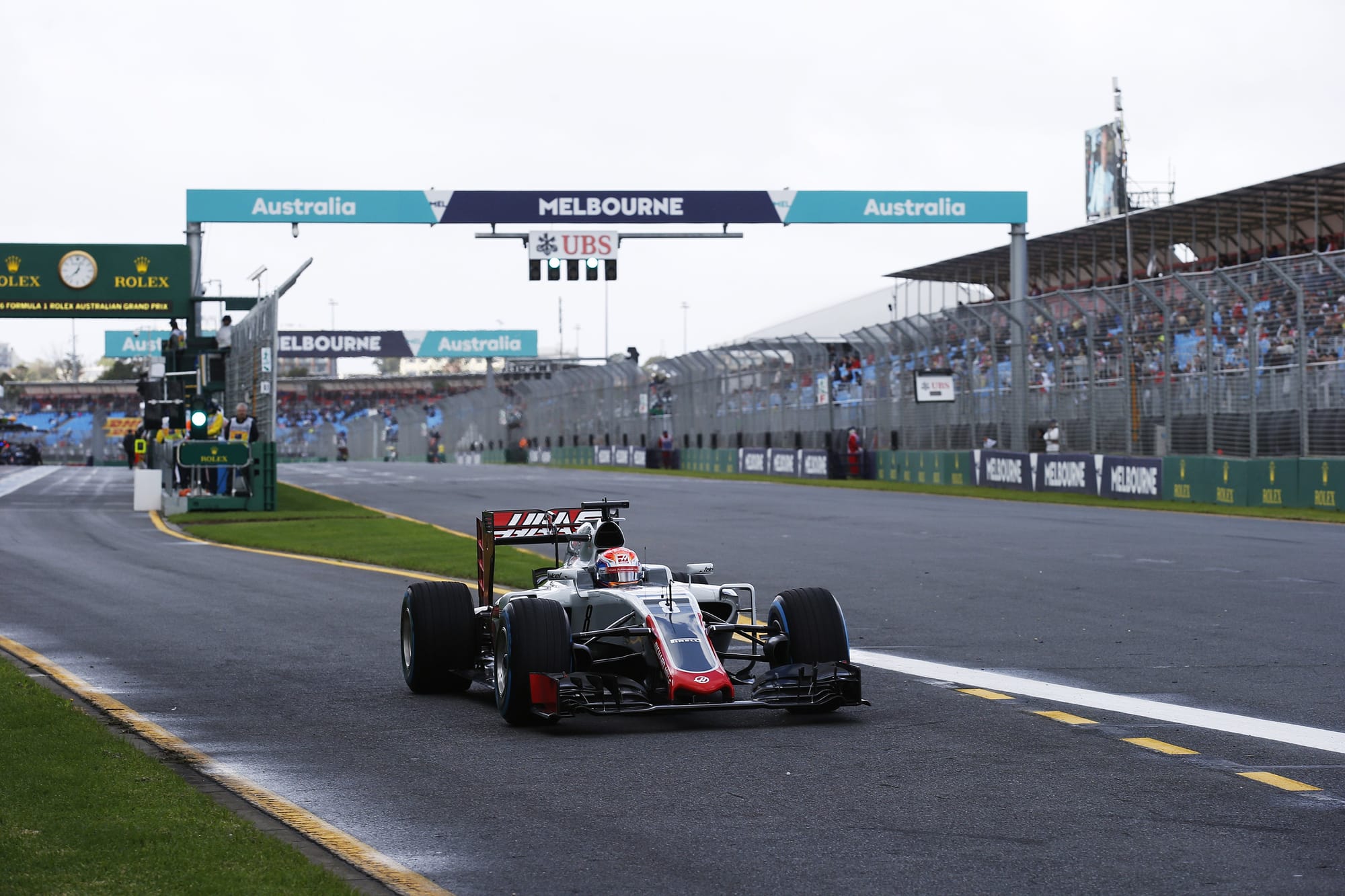
Steiner took the idea of the technical partnership to extremes, with Haas taking everything it could from Ferrari in exchange for serious cash.
What’s more, this meant the team could use up-to-date, rather than year-old, parts. The agreement also meant it could use Ferrari’s windtunnel in Maranello.
This deal remains in place to this day and Haas subsequently set up a technical base at Maranello headed up by technical director Simone Resta until his own departure.
Steiner also formulated the deal with Italian manufacturer Dallara, not only to produce the car but also do significant design work.
This meant Haas was a unique team, comprising Haas ownership, Ferrari, Dallara and a facility in Banbury in the UK for car preparation. And this was all Steiner’s model - one that wouldn’t have been conceived without him and that was his responsibility to make functional.
Steiner’s unique management style has made him an unexpected star of the Netflix Drive to Survive series and gives you an idea of his direct and to-the-point approach. In many ways, he was the ideal character to lead a small team like this into F1.
Under Steiner’s leadership Haas achieved instant credibility, with Romain Grosjean finishing an astonishing sixth on the team’s debut in 2016, as Haas claimed eighth in the constructors' championship in its first season.
It peaked in 2018 by finishing fifth in the standings with what was, on average, the fourth fastest car, but its form suffered in 2019, the year of its ill-fated title sponsorship deal with Rich Energy.
Steiner then was key in ensuring the team survived when the COVID-19 pandemic hit in 2020. Gene Haas’s interest in the team was waning amid his frustrations about the difficulties in raising sponsorship. And so there was every chance Haas would be closed down.
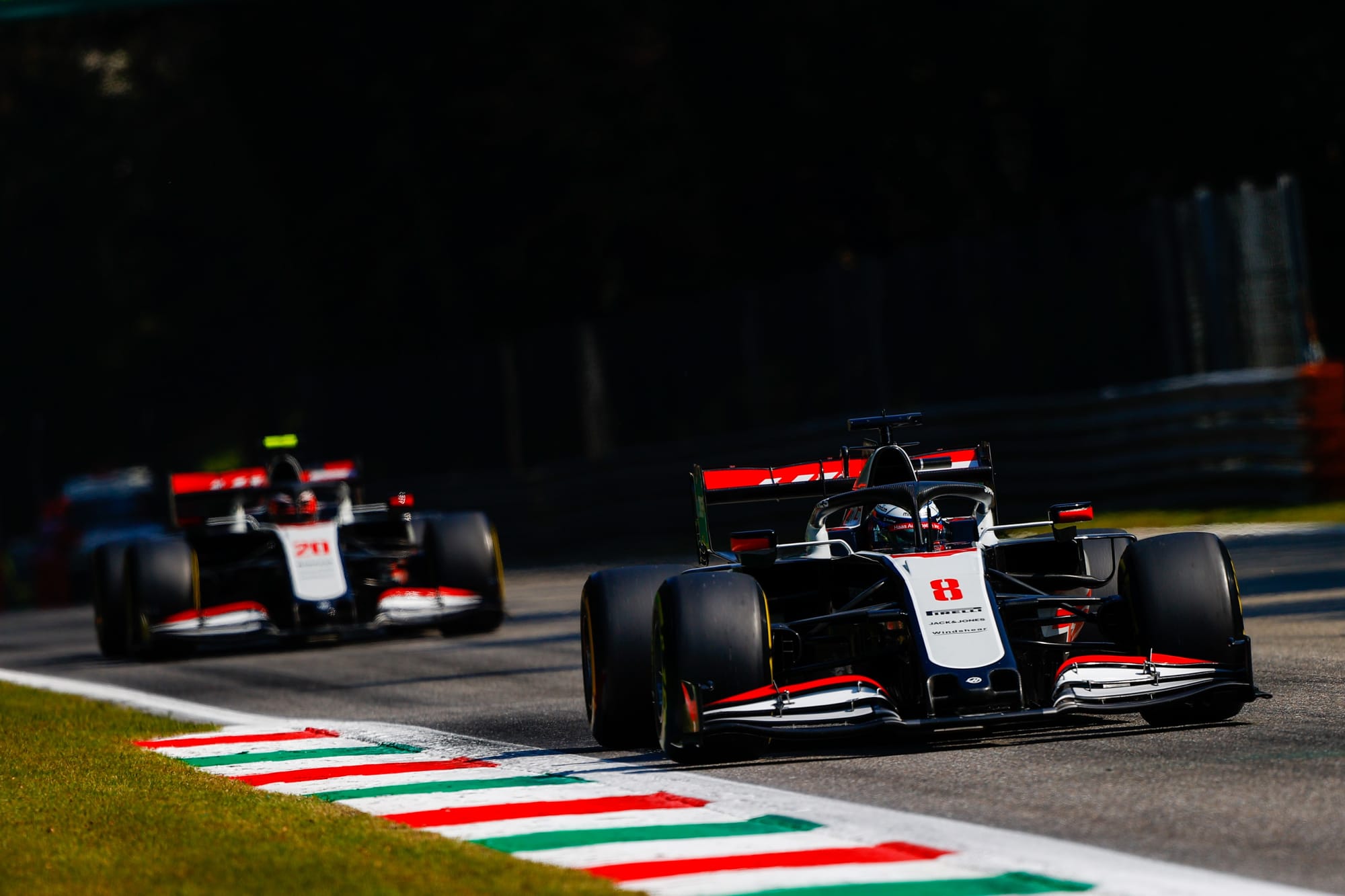
However, Steiner was able to save the team with a strategy involving extreme cutbacks and effectively writing off the 2020 and ’21 seasons with minimal development.
A deal was done to take on two rookies who could bring backing – Nikita Mazepin and Mick Schumacher – and Gene Haas signed the new Concorde Agreement thanks to the cost cap and more equitable distribution of prize money making F1 more viable financially.
Steiner’s high profile meant he was a valuable asset to the team in terms of its wider profile and appeal to sponsors. For proof of that, take a look at the cover of the F1 Manager ‘23 game that features Toto Wolff, Christian Horner - and Steiner!
Attn: Team Principals
— F1® Manager (@F1Manager) September 12, 2023
Get your hands (literally) on F1 Manager 23!
Physical copies are now available, check your local retailers! pic.twitter.com/9J9vbS35uh
While Haas struggled in 2023, Steiner was central in making the team possible, getting it on the grid, keeping it there and turning a team that once could have been closed down into one potentially worth a billion dollars or more.
He is therefore a massive loss. And wherever it goes from here, Haas' F1 team will not be the same without him.
